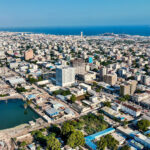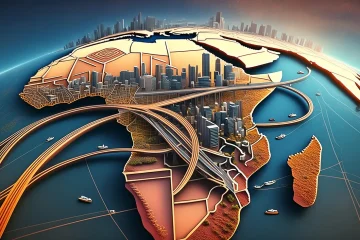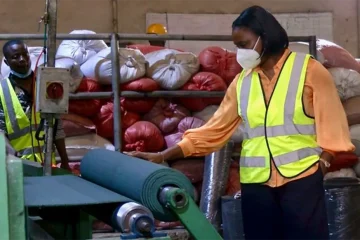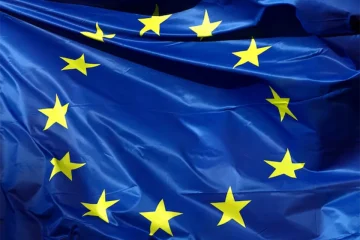[tta_listen_btn listen_text=”Audio” pause_text=”Pause” resume_text=”Resume” replay_text=”Replay”]
GROWING adoption of 5G technology across Africa is set to drive a staggering 47-fold increase in subscriptions in the next five years, not counting North Africa, according to a recent report.
According to the latest Ericsson Mobility Report 2023, 5G subscriptions will grow from a relatively modest base of 3 million last December to a forecasted 140 million by 2028. However, the figures mask the full impact of 5G growth in Africa as they exclude North African statistics.
In its latest report, Ericsson bundles North African figures with those of the Middle East, presenting a joint forecast that doesn’t clearly illustrate North Africa’s contribution.
North Africa, together with the Middle East, will have 290 million 5G subscriptions, accounting for 32% of total mobile subscriptions in that region. A significant portion of those will come from Egypt, a major African economy, as well as other North African countries with well-established middle-class markets like Morocco, Algeria and Tunisia.
Teasing apart this data and adding the North African figures to the sub-Saharan projection, the total number of 5G subscriptions across the African continent would be significantly higher than 120 million. Ericsson did not explain why it provides only partial African figures.
More than three times the size of the United States and with a majority rural population (52%), Africa has witnessed increased investment by domestic telecom companies, which has spearheaded the democratisation of the internet.
According to Ericsson, investment is driven by “a large youthful population and a high demand for connectivity”.
“This will also enable new growth opportunities for service providers, driven by advanced mobile data and value-added services like mobile banking and payments” the report read.
Countries like South Africa, Kenya, and Nigeria were early 5G adopters, but now more than ten nations are ramping up deployment of high-speed networks, according to Connecting Africa.
The Gambia’s QCell and Mozambique’s Vodacom were the latest to launch 5G services in June and May 2023, respectively.
While these developments are promising, industry analysts caution that significant barriers remain to 5G.
These include the relatively high cost of 5G-compatible devices, low levels of digital literacy, and the uneven spread of network coverage, particularly in rural and remote areas.
Meanwhile, migration to 4G networks continues apace, replacing the 2G technology that remains prevalent, particularly in rural areas.
“4G will be the main contributor to new subscriptions up to 2028, accounting for more than half of all mobile subscriptions at the end of the period,” the Ericsson report reads in part.














